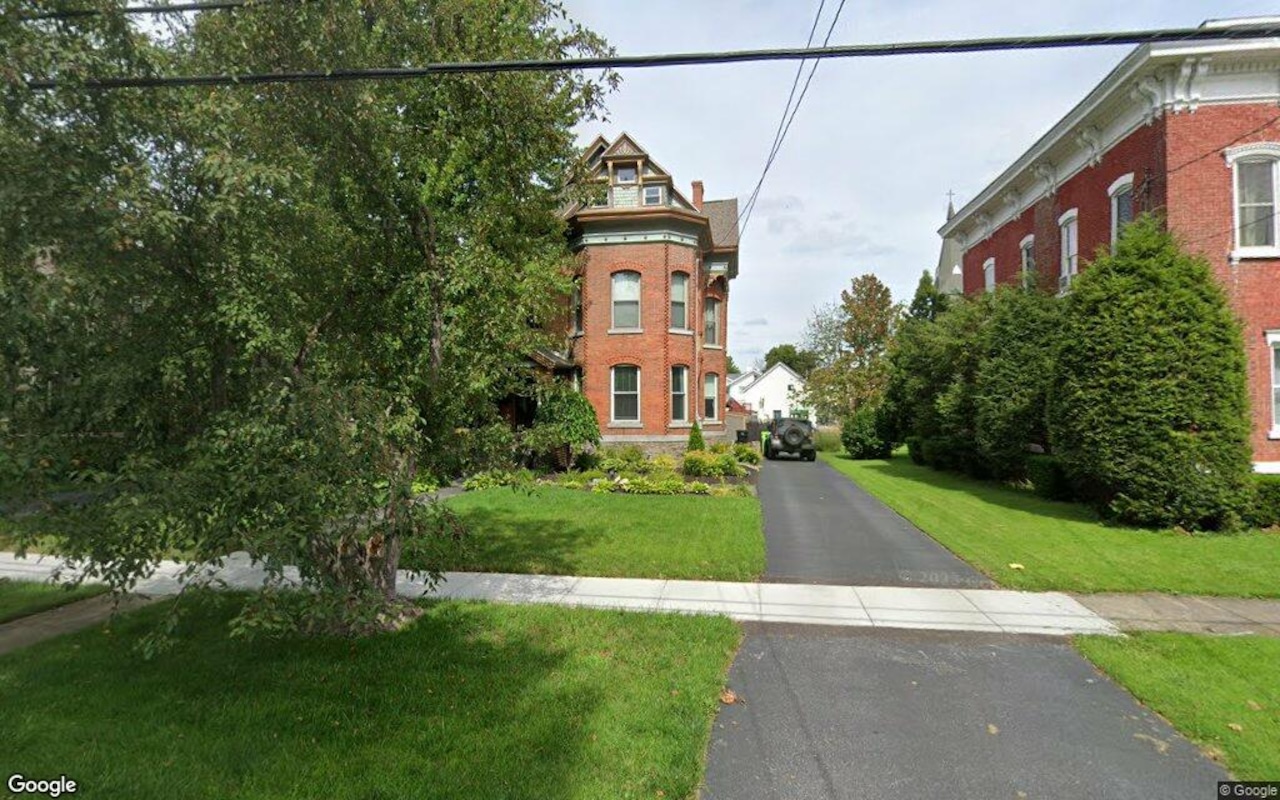T
he future of residential real estate in the Bay Area is shaped by several key factors, according to Jordan Levine, senior vice president and chief economist for the California Association of Realtors. Interest rates are a major concern, with mortgage rates likely to fluctuate based on job numbers and inflation. A strong labor market will drive up wages and housing costs, while weaker job numbers may lead to lower interest rates.
The Bay Area faces challenges related to supply and affordability, but there is some good news: the supply of homes has started to improve as rates come down, making homeowners more willing to sell. This increase in supply should help moderate prices in the region. However, demand will also pick up as buyers take advantage of falling interest rates.
New residential construction plays a crucial role in addressing the Bay Area's housing shortage over the medium term. While there has been an uptick in new construction statewide, most of it has occurred in Southern California and focused on accessory dwelling units. The Bay Area needs to participate in this growth to add density and supply while maintaining neighborhood character.
Homebuyer behavior is influenced by interest rates and a short-term focus on timing the market. However, experts recommend taking a long-term view, as prices will continue to rise. The best time to buy is often considered to be as soon as possible, given the historical trend of increasing prices.
Employment trends in the Bay Area are expected to moderate, with the labor market normalizing after four years of extremely tight conditions. Population trends are more worrisome, with people moving from the Peninsula to the East Bay and beyond due to affordability concerns. This highlights the need for addressing supply issues to prevent demand problems.
Pleasanton is likely to remain in high demand due to its location and the Bay Area's economic strength. The region has experienced significant job and income growth, but struggles with a housing shortage. Even with interest rates rising, the Bay Area continues to sell many homes, driven by excess demand.
Levine notes that the current market fundamentals are different from those of previous periods, with no signs of sketchy lending practices or a real estate bubble on the horizon. The challenges facing the Bay Area's residential real estate market are complex and multifaceted, requiring a nuanced understanding of the factors at play.












